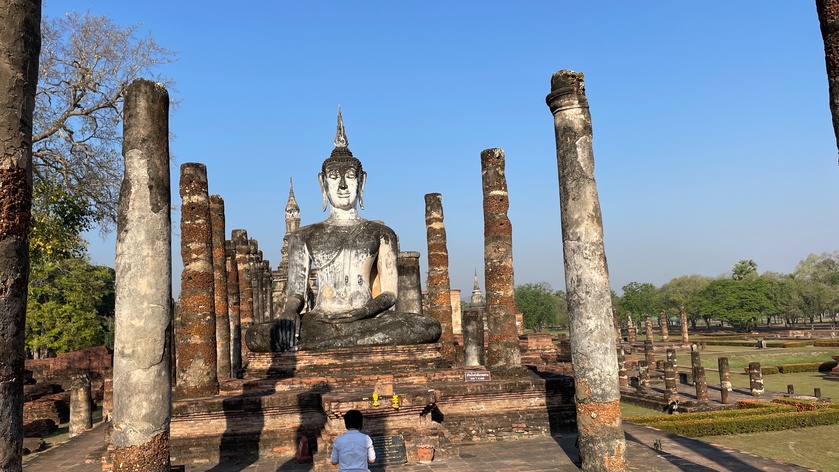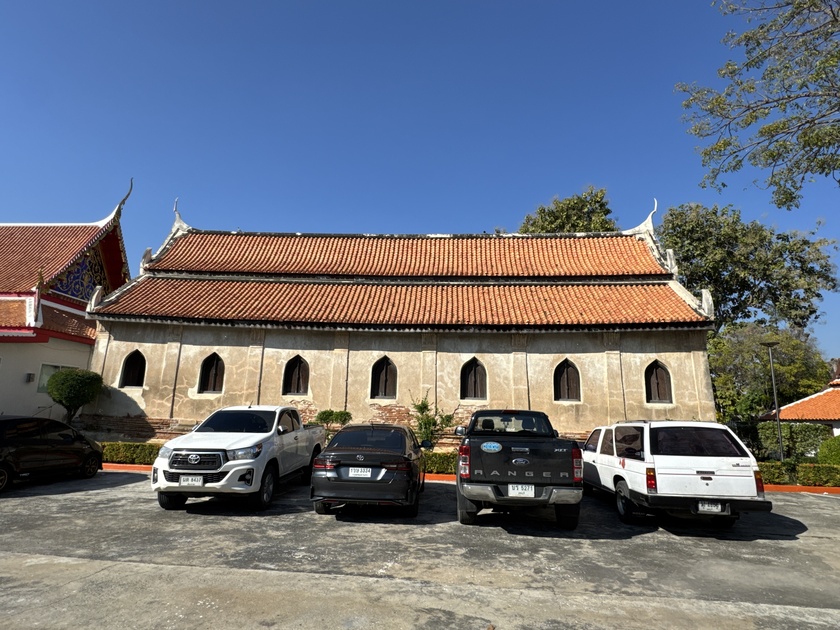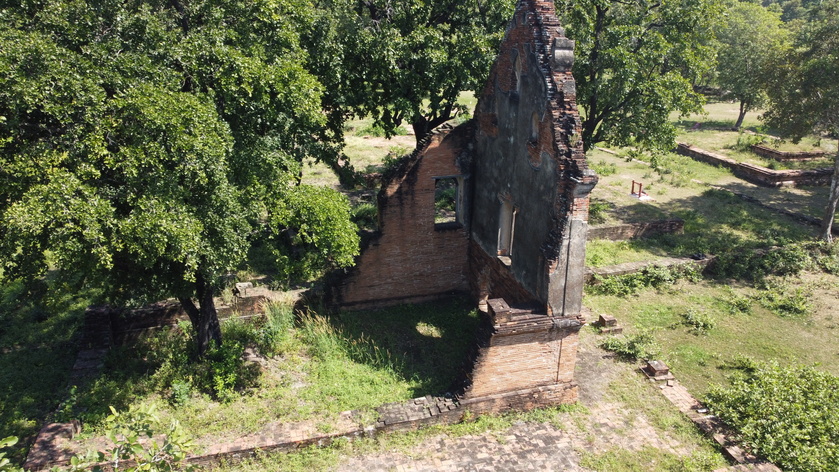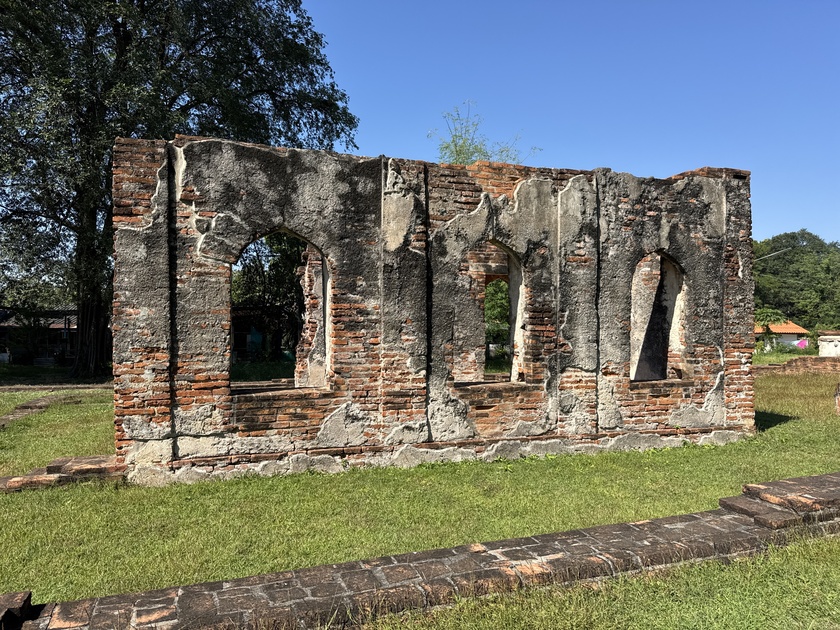Sukhothai is known as the first capital of Thailand, dating back as far as 1238 AD. Sukhothai – ‘ Dawn of happiness’ in Thai, was the capital until 1365 when the armies of the Ayutthaya kingdom invaded and forced the reigning king to submit to a new power.
The capital was moved to Ayutthaya and so began the decline of Sukhothai. In the 18th century, King Rama the first founded a new Sukhothai about 12 kilometers from the old Sukhothai, and old Sukhothai was completely abandoned.
The Sukhothai Historical Park ruins are one of Thailand’s most impressive World Heritage sites. The park includes the remains of 21 historical sites and four large ponds within the old walls, with an additional 70 sites within a 5km radius.
The architecture of Sukhothai temples is most typified by the classic lotus-bud chedi, featuring a conical spire topping a square-sided structure on a three-tiered base. Some sites exhibit other rich architectural forms introduced and modified during the period, such ...
Wat Tong Pu is situated in the Lopburi province. The term Tong Pu means the place for soldiers to muster before battle. Wat Tong Pu is considered an ancient Maha Nikaya Mon temple in Lopburi.
It's unknown when it was built but it was restored in the reign of King Narai during the Ayuttaya period. Some characteristics of the Mon and the Laos people has apparently influenced the artistry such as the Cabinets for the Tripitaka in the temple hall and the gilded black lacquer door panels of the wihan.
This ancient temple is very significant as a religious site from the Ayutthaya period. The temple is still in good excellent and there are monks still in residence.
The base of the wihan is a lotus flower shaped pedestal for the Buddhist image where the statue of the Buddha is meditating in Khmer-Lopburi style. The stone boundary markers, the sermon hall has a curved base, lancet windows and curve roofing tiles. These are all architectural styles used during the reign of King Narai.
The stupa is ...
Wat Tawet (วัดเตว็ด)
The remains of Wat Tawet or the Monastery of the Guardian Spirit are situated off the city island, in the southern area of Ayutthaya in Samphao Lom Sub-district. The monastery was situated on the west bank of Khlong Khu Cham, in between Wat Noina and Wat Tama and opposite of Wat Tha Hoi.
In situ is a restored ruin of an ancient temple, which was excavated and restored in 2015. The foundations of a monastic structure in an east-west alignment located to the south of the site were reconstructed.
The southern wall of a north-south aligned monastic structure still stands and was
restored, as well as the foundations being reconstructed. The stucco decoration on the gables is still visible.
A large monastic structure to the east of the restored wall was excavated but not restored.
A newly laid brick path leads to a flight of stairs to the location where the Khu Cham canal bank once was. The stairs reach down about 3 meters below the present road on the right bank of the canal. The...
Phra Thinang Yen (Kraison Siharat Hall) พระที่นั่งเย็น, also known as the Yen Palace or Thale Chup Son Hall, is a historic royal residential pavilion located approximately 4–5 km north of central Lopburi town, Thailand. This structure stands apart from the more prominent Phra Thinang Yen pavilion found within the main King Narai’s Palace in the city center, serving instead as a smaller, more secluded secondary residence constructed by King Narai the Great.
The pavilion dates back to the reign of King Narai (1656–1688) of the Ayutthaya Kingdom, functioning as one of his private retreats beyond the main palace confines. Originally positioned on an artificial island amid Thale Chup Son, a vast freshwater lake that has since largely receded into remnants serving as a reservoir, the site offered a tranquil, elevated sanctuary surrounded by water for both cooling relief and natural fortification.
This lake itself bears notable Khmer influence, as Lopburi fell under the ...


















































